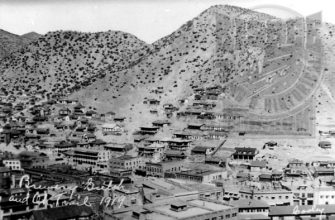
Brewery Gulch in the mining city of Bisbee, Arizona, 1919. Source: Bisbee Mining & Historical Museum.
During the Red Summer of 1919, white mobs repeatedly targeted Black World War I veterans and servicemen.
On July 3, 1919, active members of the Army’s segregated 10th Cavalry Regiment (“Buffalo Soldiers”) were in Bisbee, Arizona, to participate in the town’s Independence Day parade. In the early 20th century, Bisbee was a mining town with a history of racial stratification and unrest. The white residents actively discriminated against Arizona’s Mexican, Chinese, and African American laboring communities. It was a “sundown town” for Chinese Americans and Black laborers had limited employment options.
With tensions high and discrimination rampant, it is not surprising that a fight broke out between a white policeman and a handful of Black soldiers in Brewery Gulch. According to a New York Times report about the violence in Bisbee, local white law enforcement “planned deliberately to aggravate the Negro troops so that they would furnish an excuse for police and deputy sheriffs to shoot them down.”
This aggravation led to large-scale violence between Black soldiers and the local law enforcement who targeted them. The Chief of Police and his men began moving through town, systematically disarming Black soldiers by force. Hundreds of shots were fired at the cavalrymen by the police officers and civilian white vigilantes. Not all of the Black servicemen had been disarmed and those men returned fire.
Some of them were wounded, but no one was killed, and the 10th Cavalry Regiment joined the Fourth of July parade the following day.
Find resources for teaching about more white supremacist violence during Red Summer and beyond listed below and also read a Zinn Education Project article about Red Summer of 1919 in Teen Vogue.

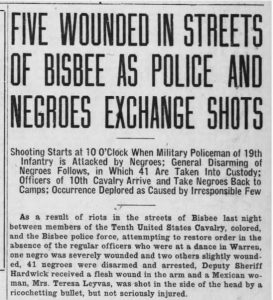
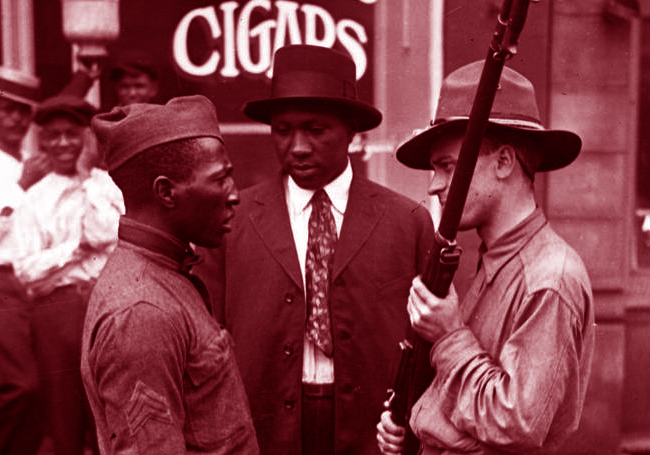
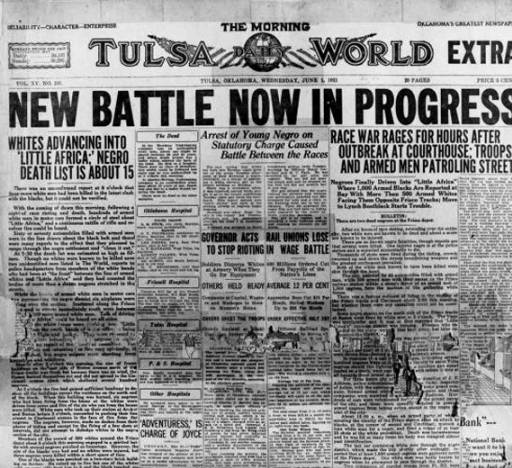
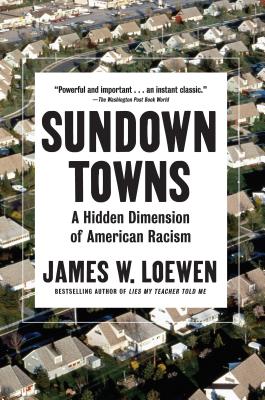
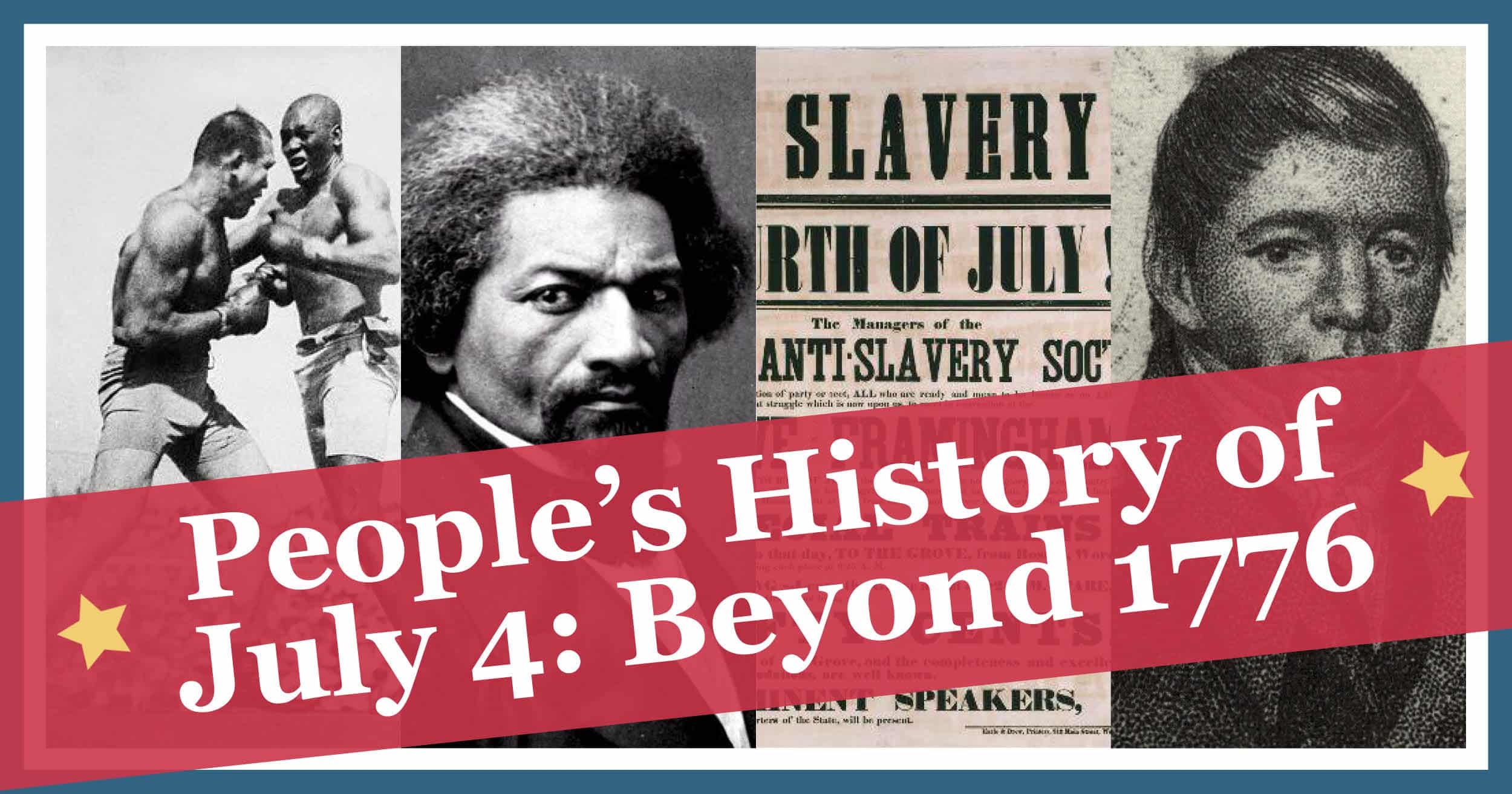
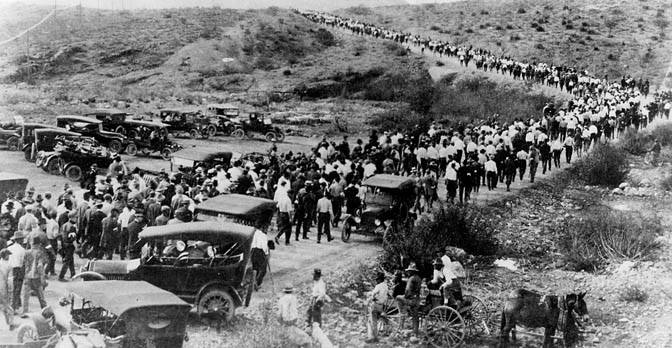
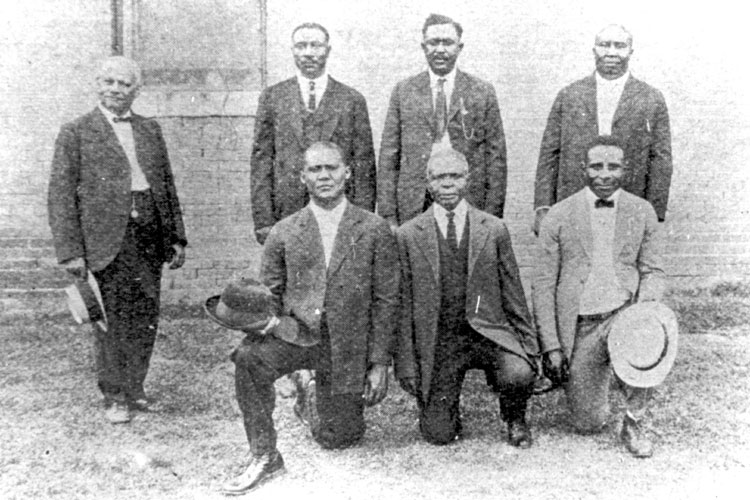





Twitter
Google plus
LinkedIn